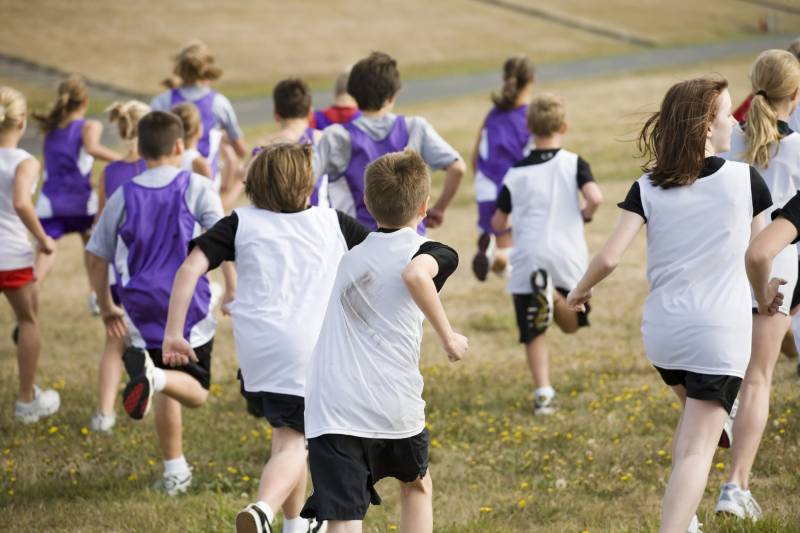Gym class can’t get a break. A highly unscientific sampling of the conventional wisdom on physical education reveals a lot about what kids think of regular, enforced school exercise. “My least favorite thing about elementary school gym class was the boys being absolutely psycho,” one young woman told me. “Locker rooms were definitely fraught,” said another, about her middle school PE. “It’s not so much the body, as it is performing,” offered another—that pressure to throw and run well for an impromptu team, “so if you screw up a catch or whatever in dodgeball you let them down.”
The humiliation of being passed over when kids pick teams; the awkwardness of having to socialize with strangers from different grades; the Hobson’s choice of either undressing and showering in front of peers or returning to class in sweaty clothes: all these features of physical education contribute to kids’ discomfort.
Studies of student views toward PE add to these accounts. According to researcher Analisa Packham, who examined the impact of a comprehensive physical education program in Texas, kids resist PE because it invites bullying. Packham reported to Alia Wong in The Atlantic that the lack of adult supervision in locker rooms, and ease with which unathletic and overweight kids are teased, explains why PE is unpopular.
The trouble with this resistance is that physical movement is linked to brain health and well-being. Exercise contributes to happiness. It blunts anxiety and thwarts depression. Even 30 minutes of daily “brisk walking,” the World Health Organization asserts, can lift the mood. A study comparing the brain MRIs of active and inactive nine and ten-year-olds found a higher volume of the “white matter” that’s associated with memory and learning among the fit children. In her book "The Extended Mind," Annie Murphy Paul explains how moving at varied levels of exertion affects the brain: low-intensity enhances executive function; moderate improves problem-solving, focus, memory, and other cognitive advantages; and high-intensity exercise stokes creativity. “The best preparation for such (metaphysical) acts as wrestling with ideas or running through possibilities is to work up an (actual) sweat,” she writes.


